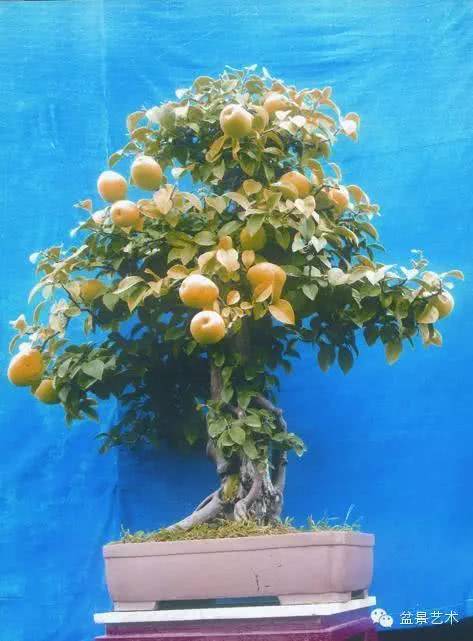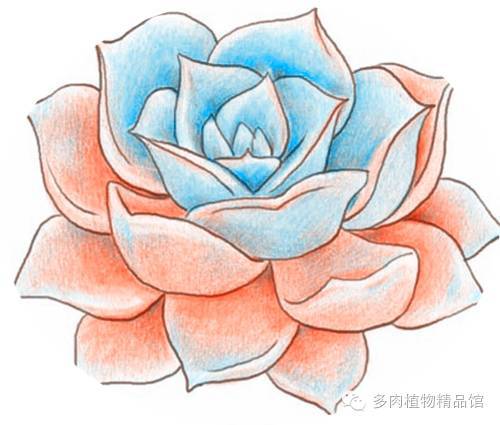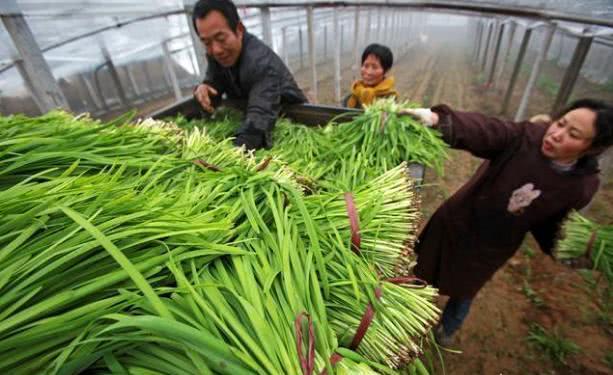Production and management of pear bonsai

Pear is a deciduous tree of Rosaceae and pear family, with a height of about 6 meters and stout branchlets, purplish brown. Leaf blade long stipitate, ovate or elliptic-ovate, 5 to 12 cm long and 3.5 to 8 cm wide, apex acuminate or long caudate, leaf margin acutely serrate. Umbel raceme with 7 to 12 flowers, white flowers, flowering in April. The fruit is oval or nearly spherical, and its size and shape vary greatly with varieties. It is yellow or yellowish white or brown after maturity from August to September, and some varieties also have a flush. Pear tree is a traditional edible flower and fruit plant in China, which has cultivated many excellent varieties in the long-term cultivation process. The bonsai made with it has the characteristics of beautiful tree appearance, thick green leaves, flowers in spring and fruit in summer and autumn.
For the reproduction of pear trees, Qiuzi pear, Shanli pear, du pear and pear pear can be selected as rootstocks. Pear varieties with strong growth, good quality and easy to hang fruit are used as scions and grafted by bud grafting or branch grafting. The rootstock can not only be propagated artificially, but also use the old pear trees eliminated in the orchard or dig up the old stakes of small, peculiar, low-branched, simple and vigorous mountain pears, which can be rejuvenated by "raising billet" to make them grow new branches and then grafted. The stump is generally excavated and transplanted after falling leaves in autumn or before germination in spring, first planted in the ground or in a larger tile basin, reshape the plant before planting, cut off the overlong main root, retain the lateral root and whisker root, and cut off the excess branches. After planting, pour water thoroughly and keep it in a place away from the wind and the sun to ensure survival.
Pear trees are suitable for making many different forms of bonsai, such as direct dry type, oblique dry type, curved dry type, double dry type, jungle type, facing water type, horizontal dry type and so on. Because of the large leaves, the crown is mostly in the natural shape, and does not have to be tied into a sheet. Due to the strong growth of pear trees, large annual growth and vigorous development of top techniques, bonsai of any form should be used to control the growth of strong branches to form a short, compact, natural and beautiful crown, and promote the transformation from vegetative growth to reproductive growth, which is conducive to the formation of flower buds. The pear tree has a large fruit, which is the main viewing point of its bonsai. When cultivating the crown, the size, number and distribution of the fruit should be determined according to the plant shape and nutrient reserve. And through drawing, twisting, bending, cutting and other methods, adjust the branch direction, increase the number of backbone branches, control strong branches, promote the growth of short branches, in order to cultivate robust fruiting branches, so that bonsai branches and leaves plump, the fruit is appropriate. The root system of pear tree is well developed, which can be raised according to the need to increase the artistic conception of the vicissitudes of bonsai.
Pear trees like warm, humid and sunny environment, and have strong adaptability to the environment, cold and high temperature-during the growing period, pear trees can be maintained in places with good ventilation and plenty of sunny. if the light is not enough, the branches will not grow fully and the flower buds will not be full. Winter can be placed in the cold indoor or outdoor shelter to the sun to winter, keep the basin soil free of ice to survive the winter safely.
Because the leaves of pear trees are sensitive to water supply, if the water supply is insufficient, the leaves often wilt, and the leaves will wither and fall off for a long time, especially in the pre-flowering stage, post-flowering stage and fast-growing period of fruit, if there is no sufficient water supply, it can directly affect the fruit setting rate, young fruit growth and fruit weight gain in the later stage. Therefore, it is necessary to dry and irrigate in cultivation to avoid excessive drought of the soil, and to spray water to the leaves as appropriate when the summer is hot and dry. The middle and lower sentence of June is the period of flower bud differentiation, and short-term drought treatment can be carried out to inhibit the growth of new shoots, increase the proportion of medium and short branches and promote flower bud differentiation by wilting-watering-wilting-watering for about 20 days, and the upper and middle sentences in June can also cut or cut the trunk or main branch in order to increase the proportion of medium and short fruit branches. Watering should be properly controlled in autumn, and pot soil moisture should be checked regularly in winter to replenish moisture in time to avoid dry freezing.
Pear trees need a large amount of fertilizer, so it is necessary to apply sufficient basic fertilizer when potting, and to apply mature organic liquid fertilizer every 15 to 20 days in the growing season. In the budding stage, flower bud differentiation stage and fruit expansion stage, in addition to normal fertilization, the amount of phosphorus and potassium fertilizer should be increased by spraying 0.2 to 0.3 potassium dihydrogen phosphate solution to the leaves for 2 to 3 times to meet the flowering and nutrition requirements.
After the tree shape is basically stable, attention should be paid to maintaining the vigorous growth of the tree potential to make it bear fruit year after year, combined with pruning and shaping, cutting off overgrown branches, cross branches, overlapping branches and dead branches, cutting short strong and strong branches, and promoting the sprouting of the lower part to develop into branches. to cultivate compact fruiting branches. And make the bonsai clear, dense and elegant, so as to achieve a natural and beautiful artistic effect. Due to the limited nutrition in the basin, the fruit left should not be too much, generally leaving 1 to 2 fruits per inflorescence, or even the whole inflorescence can be removed. The basin is turned every spring of 1 to 2 years, and the basin soil should be loose, fertile and well-drained neutral sandy soil, with a ph between 5.8 and 8.5.
- Prev

The succulent plants should be pasted in autumn.
This girl is a little sweet. After the summer, all the flesh lost weight and succeeded. If you put it on the editor, it would be a happy thing, but what the meat people are looking at is fear and fear.
- Next

How to do well the fertilization of leek in autumn leek growing season?
Abstract: autumn leek growing season, how to do a good job of leek fertilization? On the issue of leek fertilization, it has been written a lot before, but it is the peak season of autumn harvest of leek, so let's talk about leek again here.
Related
- Wuhan Hospital Iron Tree Blooming Result Was Instantly Frightened by the Gardener Master
- Which variety of camellia is the most fragrant and best? Which one do you like best?
- What is the small blue coat, the breeding methods and matters needing attention of the succulent plant
- Dormancy time and maintenance management of succulent plants during dormancy
- Minas succulent how to raise, Minas succulent plant pictures
- What are the varieties of winter succulent plants
- How to raise succulent plants in twelve rolls? let's take a look at some experience of breeding twelve rolls.
- Attention should be paid to water control for succulent plants during dormant period (winter and summer)
- Watering experience of twelve rolls of succulent plants
- Techniques for fertilizing succulent plants. An article will let you know how to fertilize succulent plants.

